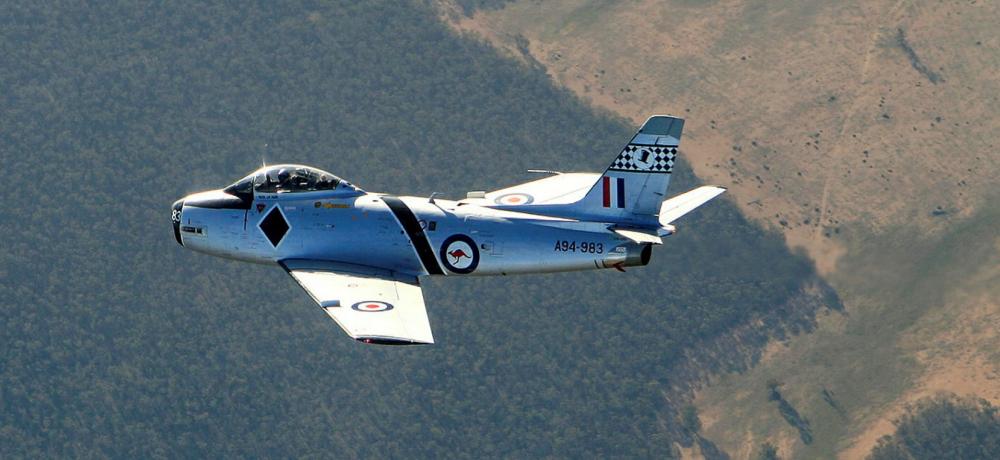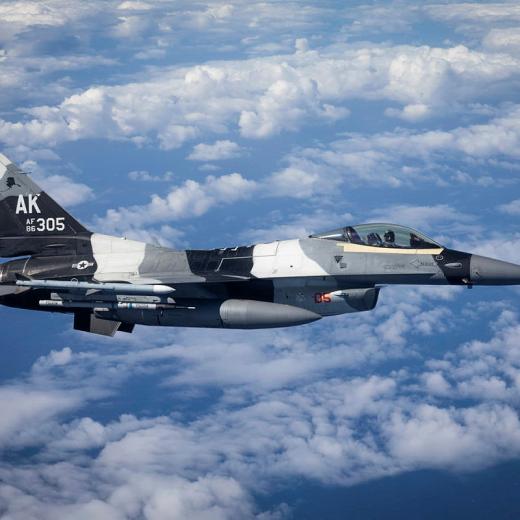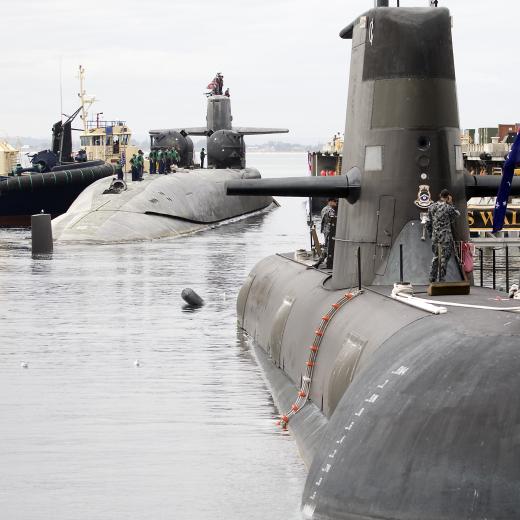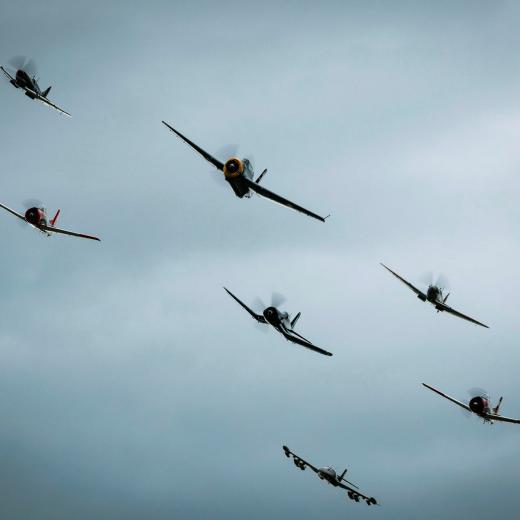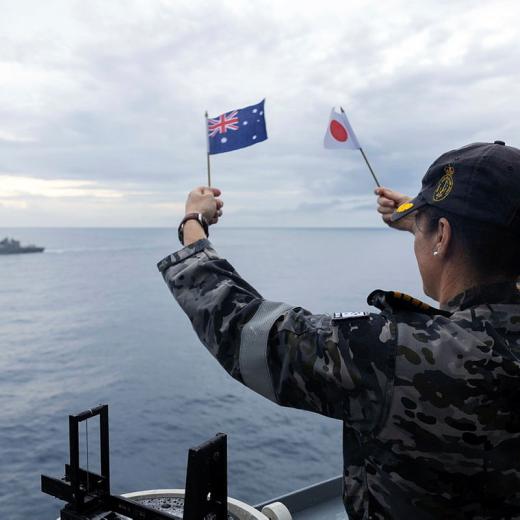BLUF
1950-1953: Korean War; fought between North Korea (supported by China, USSR) and South Korea (supported by UN, US). Ended in an armistice.Summary
KEY POINTS
- The Korean War began on June 25, 1950, as North Korean forces invaded South Korea.
- In July 1950, Australian troops, including the 3rd Battalion, Royal Australian Regiment, arrived in Korea to support South Korea's defence as part of the United Nations forces.
- From September 15 to 19, 1950, General Douglas MacArthur planned and executed the daring amphibious assault at the port of Inchon to outflank the North Korean forces.
- Australian naval vessels, including HMAS Bataan and HMAS Shoalhaven, participate in the naval bombardment of Inchon.
- The Battle of Inchon resulted in a decisive victory for the UN forces. Australian troops from the 3rd Battalion participated in the assault and subsequent clearing operations in Inchon and Seoul.
- Inchon's recapture becomes a turning point in the war, leading to the retreat of North Korean forces and allowing the UN forces, including Australian troops, to advance north.
- Australian involvement extends to the skies as the RAAF deploys squadrons to support the UN forces.
- RAAF No. 77 Squadron, equipped with Gloster Meteor jet fighters, arrived in Korea in July 1950, becoming the first RAAF squadron deployed overseas during a conflict.
- RAAF No. 77 Squadron conducts ground attacks and close air support missions, providing air cover to the advancing UN forces.
- In addition to No. 77 Squadron, RAAF No. 91 Composite Wing was deployed in Korea in 1951, contributing transport and communication capabilities.
- By 1951, the war settled into a stalemate along the 38th parallel, with both sides heavily fortified.
- In April 1951, General MacArthur, advocating for a more aggressive approach, including the use of nuclear weapons, publicly disagreed with President Harry Truman's limited war strategy.
- President Truman relieves General MacArthur of his command, citing a difference in strategic perspectives.
- General Matthew Ridgway succeeds MacArthur as the commander of the UN forces in Korea.
- The Korean War ended on July 27, 1953, with the signing of an armistice agreement, establishing a demilitarized zone and restoring the pre-war boundary between North and South Korea.
- The Korean War began on June 25, 1950, as North Korean forces invaded South Korea.
- In July 1950, Australian troops, including the 3rd Battalion, Royal Australian Regiment, arrived in Korea to support South Korea's defence as part of the United Nations forces.
- From September 15 to 19, 1950, General Douglas MacArthur planned and executed the daring amphibious assault at the port of Inchon to outflank the North Korean forces.
- Australian naval vessels, including HMAS Bataan and HMAS Shoalhaven, participate in the naval bombardment of Inchon.
- The Battle of Inchon resulted in a decisive victory for the UN forces. Australian troops from the 3rd Battalion participated in the assault and subsequent clearing operations in Inchon and Seoul.
- Inchon's recapture becomes a turning point in the war, leading to the retreat of North Korean forces and allowing the UN forces, including Australian troops, to advance north.
- Australian involvement extends to the skies as the RAAF deploys squadrons to support the UN forces.
- RAAF No. 77 Squadron, equipped with Gloster Meteor jet fighters, arrived in Korea in July 1950, becoming the first RAAF squadron deployed overseas during a conflict.
- RAAF No. 77 Squadron conducts ground attacks and close air support missions, providing air cover to the advancing UN forces.
- In addition to No. 77 Squadron, RAAF No. 91 Composite Wing was deployed in Korea in 1951, contributing transport and communication capabilities.
- By 1951, the war settled into a stalemate along the 38th parallel, with both sides heavily fortified.
- In April 1951, General MacArthur, advocating for a more aggressive approach, including the use of nuclear weapons, publicly disagreed with President Harry Truman's limited war strategy.
- President Truman relieves General MacArthur of his command, citing a difference in strategic perspectives.
- General Matthew Ridgway succeeds MacArthur as the commander of the UN forces in Korea.
- The Korean War ended on July 27, 1953, with the signing of an armistice agreement, establishing a demilitarized zone and restoring the pre-war boundary between North and South Korea.
References
Source Information:
- Article Source: Korean War Campaigns | U.S. Army Center of Military History
- Media Check: US ARMY HIGH CREDIBILITY)
- RAAF RUNWAY: RATIONALE, GUIDELINES, LEARNING OUTCOMES, ETC

